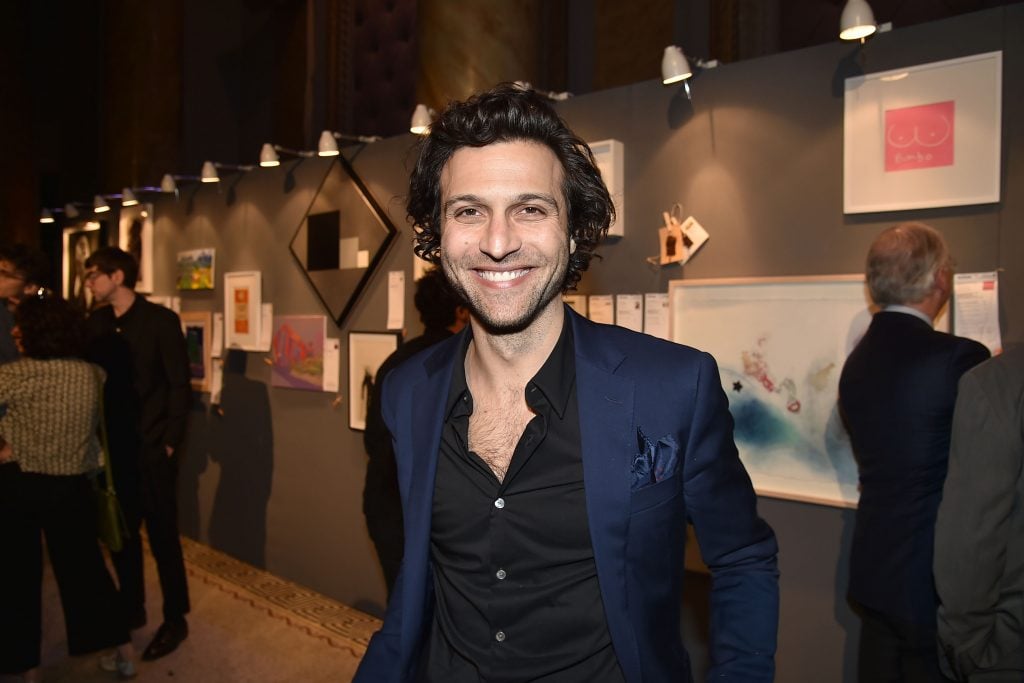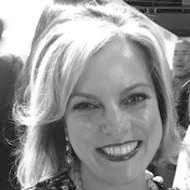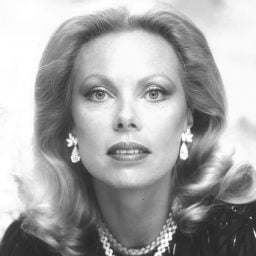A chic Parisian crowd gathered in the Saint-Germain-des-Prés district for the opening of “Basquiat & A.R. Penck,” an exhibition at Cahiers D’Art that explores the little-known bond between Brooklyn-born Jean-Michel Basquiat (1960-1988) and Dresden-born A.R. Penck (1939-2017). Nearby, a massive protest clogged the streets.
Hanging on the walls were 18 works on paper and one canvas depicting skulls and heads, stick figures and body parts. They had similar jittery mark-making and pulsated with raw energy. The relationship between the two artists, separated by the ocean and a generation, was instantly palpable.
It was the third Basquiat-focused exhibition to open in Paris this week. The Fondation Louis Vuitton’s “Basquiat X Warhol. Painting 4 Hands” is dedicated to the artist’s far more famous collaboration that resulted in 160 paintings. An exhibition at the Philharmonie de Paris explores Basquiat’s relationship to music with film footage, installations, paintings, and works on paper.
The smallest of the three, “Basquiat & A.R. Penck” is the brainchild of Alexander DiPersia, a 41-year-old collector and private dealer who chose this moment to step out as a curator.
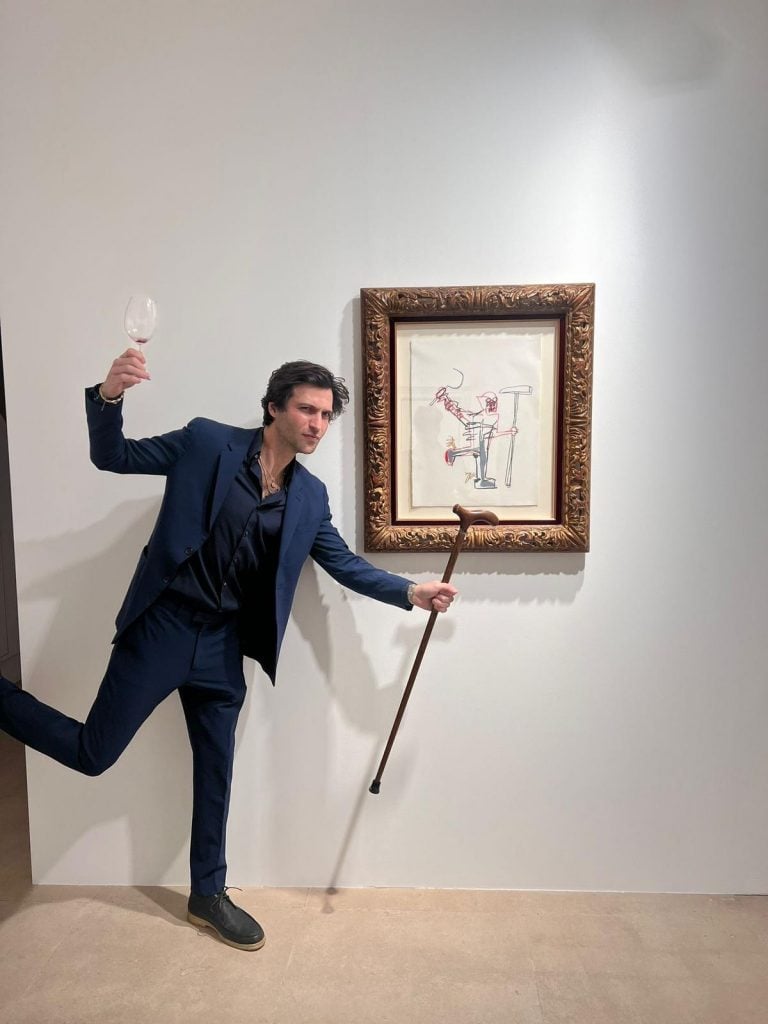
Collector Alexander DiPersia at the opening of “Basquiat & A.R. Penck” at Cahiers D’Art in Paris. Courtesy: Alexander DiPersia
Over the past 10 years, DiPersia has evolved from an under-the-radar Hollywood actor with scant awareness of the art market to a savvy secondary-market player. A self-described “art addict” with little patience for the type of scrutiny required to gain primary-market access, DiPersia swims in the murky resale waters. He has paid top prices for some of the most coveted emerging artists of the moment, and counts Nathaniel Mary Quin, Rashid Johnson, and Harold Ancart among his friends.
“Alex is a tastemaker for certain people on a circuit,” said Benjamin Godsill, an art adviser who has known DiPersia for years. “He’s a very fashionable, good-looking, and witty international man-about-town. He has a really good taste and good eye.”
Moving from Los Angeles to New York to London, DiPersia filled his homes with an eclectic mix of art and design. In the mid-2010s, his Tuxedo Terrace residence (just below the Hollywood sign) had works by Raven Half Moon before she had any gallery representation, a room with Korakrit Arunanondchai pillows, a pink painting by Jen Guidi next to a Claire Tabouret, and lots of funky ’60s furniture. A guest bedroom in his SoHo loft was lined with wood like a Swiss chalet and adorned with drawings by George Condo and a faux-Old Master by Jesse Mockrin. In London, he placed a hippopotamus skull inside a fireplace and a Hiroshi Sugimoto seascape above it, flanked by a ceramic vase by Clementine Keith-Roach and a marble torso from the 5th century B.C.
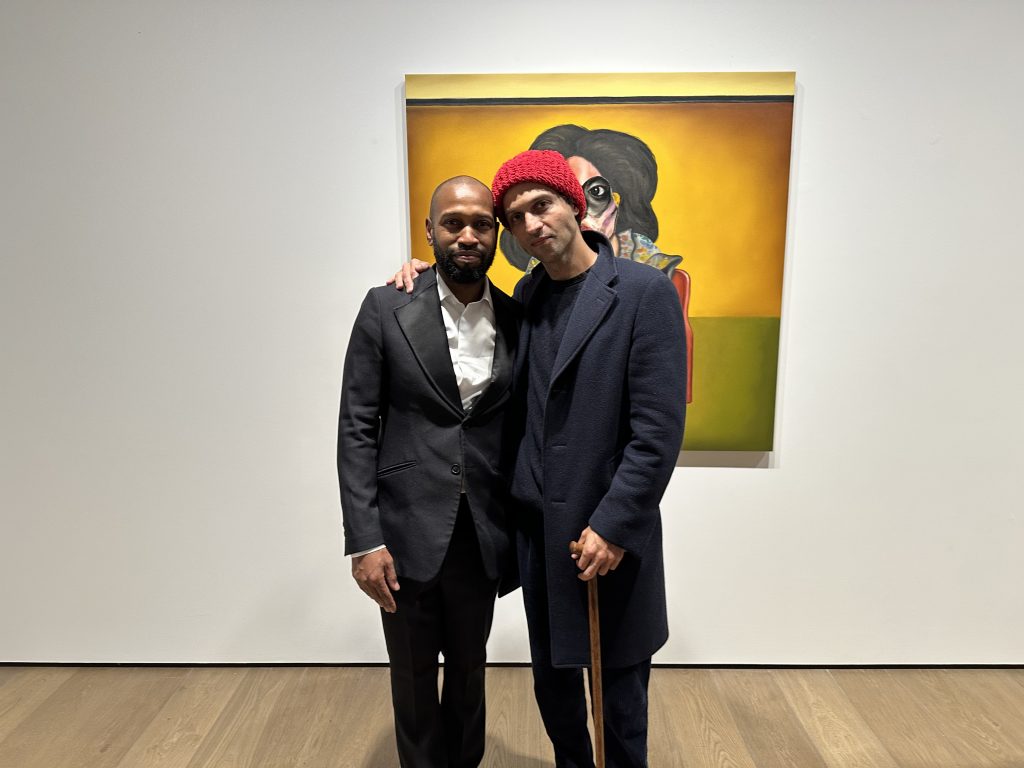
Artist Nathaniel Mary Quin and collector Alexander DiPersia. Courtesy: Alexander DiPersia
DiPersia’s role models are dealers like Larry Gagosian, David Zwirner, and Jeanne Greenberg Rohatyn.
“You walk into their houses and they are selling you a lifestyle,” he said. “At Larry’s, you see a huge Cy Twombly and then you see a new emerging artist. At David Zwirner, you see Franz West chairs and a wall of Pettibones—and it looks great. You want the same thing.”
Genuinely passionate about art, DiPersia also has an enviable rolodex. Over the years, he has been linked romantically to a litany of gorgeous women—heiresses, models, actresses, and a founder of Kazakh oil-and-gas conglomerate who once dropped tens of millions of dollars in London day sales while on the beach. In person, he cuts a memorable figure, walking with a cane as the result of a series of back surgeries.
Last summer, when the recession worries began to intensify and interest rates jumped, DiPersia went on a Basquiat shopping spree.
“Works on paper would resell and resell and resell, and prices would continually go up,” he said. “I started to buy those.”
In addition to being an investment, it was also a dream come true. DiPersia has been obsessed with Basquiat since childhood. Growing up in Connecticut, he had two posters in his room: Nirvana’s album “Bleach” and Basquiat’s blue head from the collection of Eli Broad.
“To think that I can have one of these things in my house!” DiPersia said.
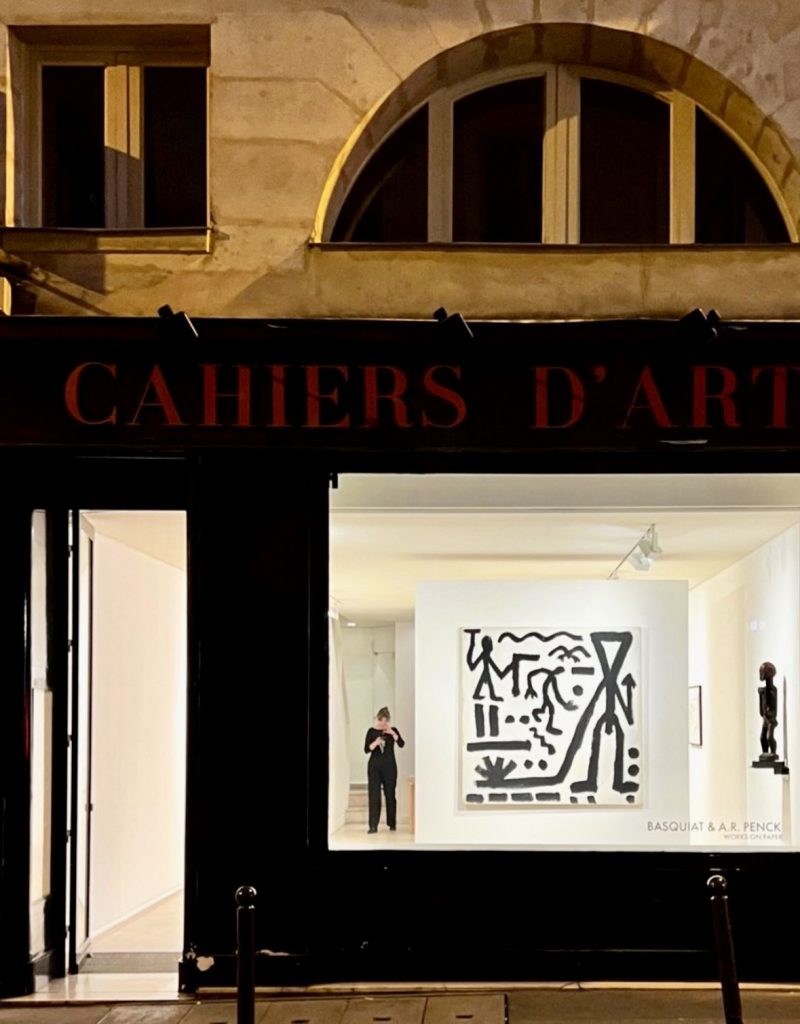
“Basquiat & A.R. Penck” at Cahiers D’Art in Paris. Courtesy: Alexander DiPersia
The idea of an exhibition came later, after he learned that Penck and Basquiat overlapped in New York in the 1980s. They shared a love of jazz and propensity for caveman-like hierogliphics. Penck was showing with Michael Werner Gallery, Basquiat with Mary Boone. Werner and Boone were married at the time and often shared artists. In 1984, Penck painted a monumental Triptych for Basquiat, which is in the collection of la Fundación ”la Caixa” in Spain.
“He found him an extraordinary painter,” said Michael Werner of Penck’s feelings towards Basquiat. The admiration was mutual. “Penck was such a figure for him at the time and he didn’t believe he would honor him,” Werner said of Basquiat. “I had to get him a photograph.”
DiPersia began acquiring art for the exhibition stealthily, he said, buying from auction houses and dealers.
“It looked like I was buying for my art collection,” he said. “No one has ever done a Penck/Basquiat show before. I didn’t want anyone to know. This is the art world. People hear a good idea, they’ll take your head off.”
At one point, he panicked. “Normal people get loans and consignments. I spent a fortune on those works. What if they don’t sell?” he said. “If my mother got a whiff of what I was doing, she’d spank me.”
It was DiPersia’s mother, an artist and teacher, who got him hooked on art. She gave him a work by Rene Ricard for his 30th birthday, setting off art buying addiction. Soon, he became a fixture at art openings in Los Angeles, where his acting career was “a step below medium successful,” he said. That was the time when Zombie Formalism exploded. The $8,000 “rain paintings” by Lucien Smith he saw at the artist’s OHWOW gallery opening were soon trading for $100,000 a pop or more. He didn’t buy any, but he did help sell a couple of them. DiPersia realized there was money to be made.
He went from not knowing anything about LLCs and resale certificates to “buying and selling art from my trailer as I was getting my makeup done,” he said, referring to his breakout role in the horror film Lights Out. There was also a stint of putting contemporary art in the lobbies of his family’s commercial buildings and, later, in two Hudson Yards developments. These days, DiPersia has multiple limited-liability companies and storage spaces in five countries.
“His taste has really evolved,” said Godsill. “He does a grownup, big-boy thing now.”
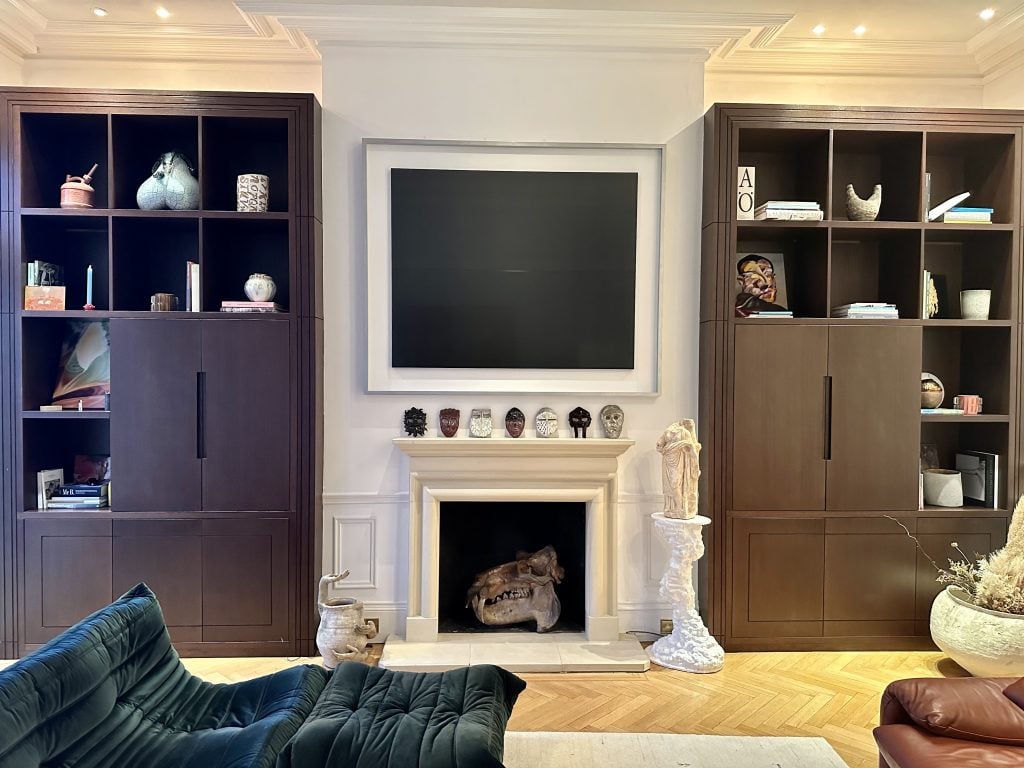
Alexender DiPersia’s apartment in London features hippopotamus skull, a Hiroshi Sugimoto seascape, and a marble torso from the 5th century B.C. Courtesy: Alexander DiPersia
Selling art became a side job that allowed him to buy more art for himself—and now he’s trying to take it to the next level with the “Basquiat & A.R. Penck” show. Once again, his connections paid off. While looking for a space in Paris, DiPersia ran into his friend Etienne Macret, who does art programming for Cahiers D’Art, founded in 1926 by Christian Zervos to publish the Picasso catalogue raisonné.
DiPersia declined to say how much money he invested in the works, but prices in the show range from $20,000 to just under $2 million. An auction record for a work on paper by Penck is $125,089 and for Basquiat $15.2 million.
“All I will say is if you asked me two, six, eight years ago, I wouldn’t have ever thought I’d be able to do this,” he said. “No matter what comes of it, I am happy to be trying something meaningful as now—in the words of Fran Leibowitz—’we live in a world where they applaud the price, but not the Picasso.'”
